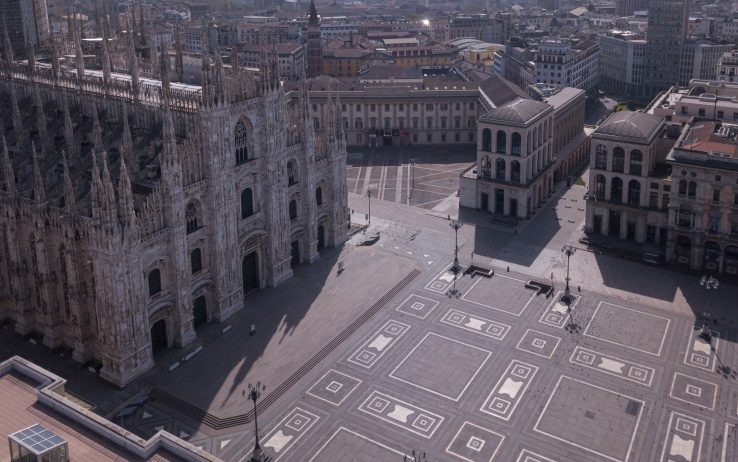
Covid19: a stress test for the smart city of the future
During March, the intensity of use of the networks in Italy increased by 50%: an increase due to a transversal solicitation by all users during this period of forced quarantine.
The telcos have reacted with an implementation of the network capacity, strengthening a structure that is already oversized compared to the demand, and designed to withstand stress of overuse thanks to reserve and backup systems.
“Global networks and the internet have the necessary capacity, also because there has always been a reserve potential in the networks, in the world and in Europe“.
Chintal Patel Chief Technologist for Cisco UK and Ireland.
“For security and stability reasons, the transmission network is often redundant and therefore, if necessary, it can push on extra capacity by deciding to sacrifice redundancy, but they are extreme choices that each operator evaluates only in emergency situations“.
Andrea Mondo, vice president of Sirti Operations.i.
But how is the flow of traffic distributed?
The largest share of traffic is generated by streaming (especially video entertainment), which accounts for 50% of the total. Followed by web browsing (25%), download (10%), gaming (10%) and messages, calls and video calls (5%).
This is the reason why the European Commissioner for the internal market Thierry Breton asked the main streaming platforms and telephone operators to lower the quality of the videos by reducing the amount of data in circulation and therefore the bandwidth consumption.
Trying then to explore the social behavior of Smart Citizens, we observe that voice traffic and group calls in terms of time on Messenger and Whatsapp have increased by more than 1000%, the permanence on the main social networks of more than 70% with the doubling of views on Instagram and Facebook and a 50% increase in the exchange of messages.
Despite significant variations between operators and regions, according to Aldo Bisio, engineer, head of Vodafone Italy, data traffic grew by 30% on the mobile network and by 60% on the fixed network.
The great need to interact and communicate with people therefore emerges. Taking advantage of the only option available, consider the stringent social distancing measures in force.

But are Smart Cities the nerve centers of a widespread Smart Land, or only augmented islands?
The Smart Land paradigm is well suited to a country, like Italy which, in the face of a few metropolises, is composed mostly of small municipalities, with their own identities and peculiar characteristics that are difficult to endorse. In fact, the concept of an intelligent city, in our country, is above all that of small towns, villages, which must be connected in fiber to give the territory all equal opportunities compared to large cities.
Unfortunately, however, the efficiency of the infrastructure is not distributed homogeneously throughout the country and the difference becomes evident when we go to analyze the areas of the country with market failure, those in which the network cannot be developed by private individuals. if not through public funding or European funds.
“If citizens in large cities and large areas of the country were able to take advantage of digital services that they did not know in part, but which are now essential” – adds Pietro Urbano, Vice President of Innovation & Marketing of Sirti S.p.A. «In market failure areas the situation is, with varying degrees of penetration, still different, with areas where citizens do not yet have full availability to fully use the services offered by the network. And it is a gap that unfortunately will not be bridged very quickly, despite the country’s great commitment to the infrastructure coverage project »
An effort and a planning that requires important investments and high professional skills, difficult to find in all the local Italian realities, especially in the smaller ones.
The transition from Smart City to Smart Land is therefore still underway, and may still take some time.
But the experimentation of the nerve centers is passing the test and, at the base of the widespread services, there are enabling and replicable infrastructures and platforms that are easy to implement, which allow to provide smart services adaptable to the context and declinable on the characteristics of the individual territories.

All image credits freepik.com


